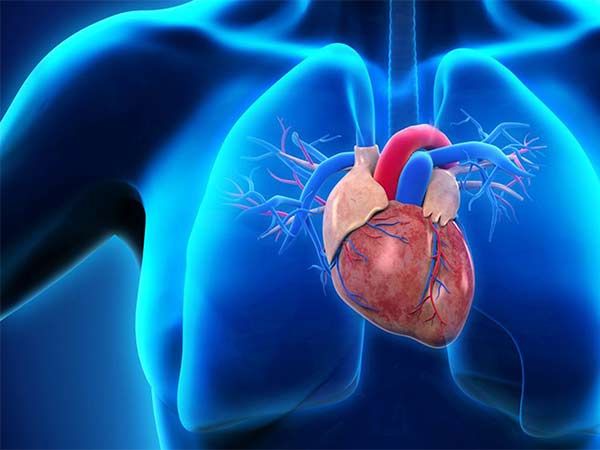Ideal heart health less likely among lesbian, gay and bisexual adults
Lesbian, gay and bisexual (LGB) adults were less likely than heterosexuals to have ideal cardiovascular health, according to preliminary research presented at the American Heart Association’s Epidemiology and Prevention | Lifestyle and Cardiometabolic Health Scientific Sessions 2018, a premier global exchange of the latest advances in population-based cardiovascular science for researchers and clinicians.
 “If confirmed in other studies, our results point towards a disproportionately higher risk for cardiovascular disease among sexual-minority populations,” said study lead author Anshul Saxena, M.P.H., Ph.D., a biostatistician at Baptist Health South Florida in Miami.
“If confirmed in other studies, our results point towards a disproportionately higher risk for cardiovascular disease among sexual-minority populations,” said study lead author Anshul Saxena, M.P.H., Ph.D., a biostatistician at Baptist Health South Florida in Miami.
In the United States, heart disease is the leading cause of death, and stroke is the fifth-leading cause. Despite advances in prevention, diagnosis and treatment, heart disease alone accounts for 1 out of every 4 deaths.
Some cardiovascular risks, such as family history and age, are uncontrollable. Fortunately, many others — including obesity, smoking, poor diet as well as high blood pressure, cholesterol and blood sugar — are manageable through lifestyle changes. As part of a heart-healthy lifestyle, the American Heart Association recommends Life’s Simple 7 lifestyle changes: 1) manage blood pressure; 2) control cholesterol; 3) reduce blood sugar; 4) get active; 5) eat better; 6) lose weight; and 7) stop smoking.
Although evidence indicates that the risk of cardiovascular disease may be greater among LGB adults than among heterosexuals, the extent of this difference was unclear. Accordingly, this study compared the seven manageable risks between the two groups. Results showed that LGB adults were 36 percent less likely than heterosexuals to have ideal cardiovascular health.
Study participants comprised 2,445 adults over 18 years old responding to the 2011-2012 National Health and Nutrition Examination Survey. This nationwide survey included interviews and physical examinations of a representative sample of the population. Five percent of participants were identified as LGB, and 95 percent as heterosexual. Transgender individuals were not included in the study.
For each participant, researchers scored each of the seven risks as ideal, intermediate or poor. From these scores, they calculated an overall risk score for cardiovascular health. Participants with ideal scores in five or more risk categories received an overall risk score of ideal.
“Two areas where fewer people among the LGB population were in the ideal health category were smoking habits and management of blood glucose,” Saxena said. “Primary care physicians can address these risks and promote the healthy lifestyle changes recommended in Life’s Simple 7.”
Study limitations include a relatively small number of LGB participants and limited information about participants’ physical activity. Still, these preliminary findings underscore the importance of reducing cardiovascular risks among LGB adults, although additional research is necessary.
Source: American Heart Association
Full bibliographic information:
American Heart Association Meeting Report – Poster Presentation P001 – Session P01
LGB Health Disparities: Examining the Status of Ideal Cardiovascular Health From the 2011-2012 NHANES Survey




